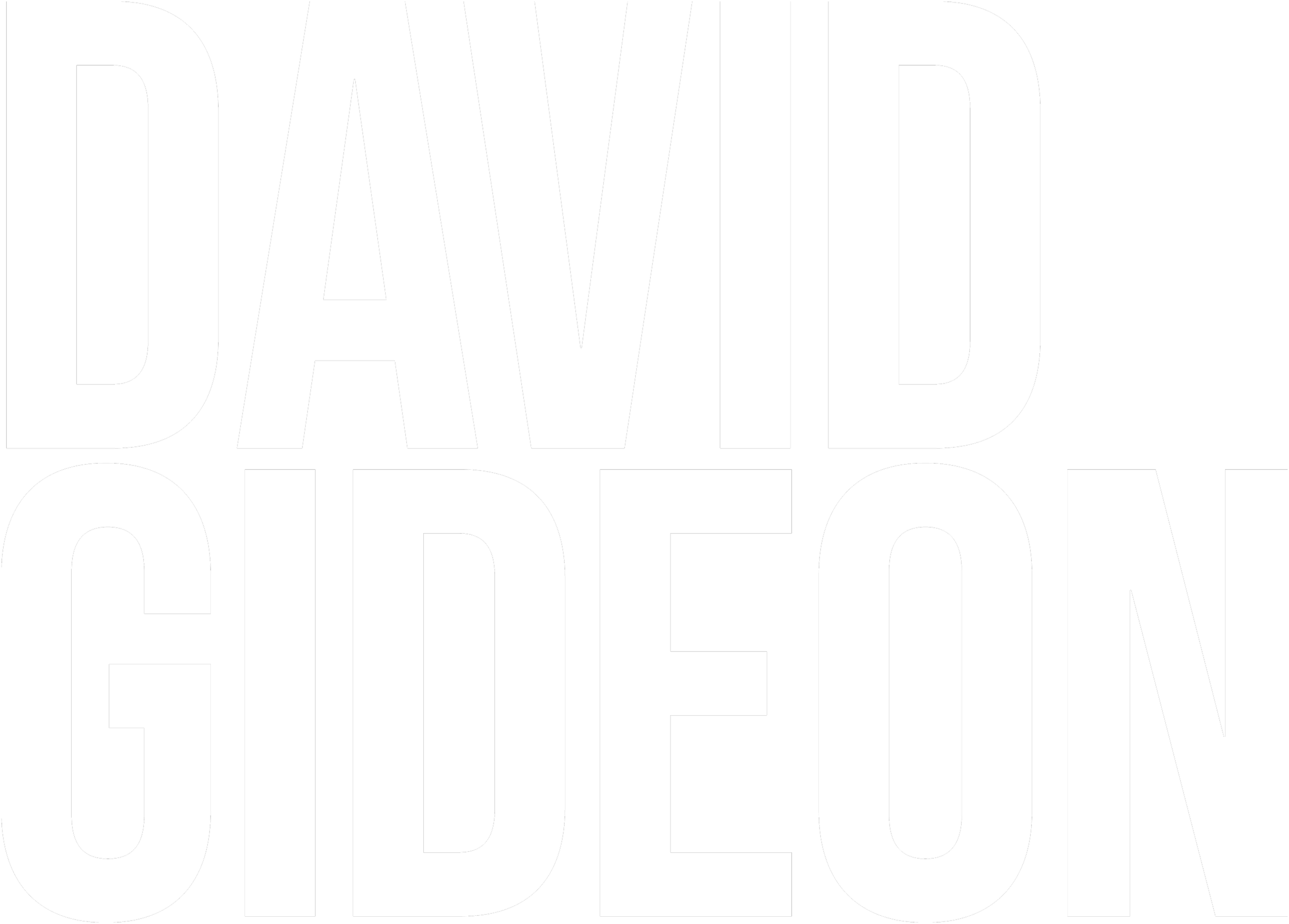The great film star, James Cagney (Mr. Roberts, White Heat, Yankee Doodle Dandy, and sixty-two more films) once said, “Acting is easy. Just look them in the eyes and tell them the truth”. The fact is, for most actors, this is easier said than done. There are many interferences with this simple advice. Habits in the way we perceive dialogue is one of the main things that get in the way of telling the truth. More actors than not agonize over how a particular line “should be said”. The truth is that there is no way that is the right way. Each time an actor speaks, the line must come from the actor’s own sense of truth and living in the moment.
Lee Strasberg had a wonderfully freeing way of teaching us how to accomplish this. He called it, “speaking out the subtext”. Let’s understand Lee’s definitions of several things before we continue to explore the speaking out process. “The intent behind the line” was his way of naming the process in which an actor understands that lines do not always mean what they say. Just as in life, we can answer, “I’m fine”, even though we are suffering inside with real life problems. “The inner monologue” was Lee’s name for each actor’s thoughts that relate to process. If an actor, in the middle of a scene, realizes that s/he’s unsure of the next line or action, that is a thought of the actor and not the character. And finally, “the subtext” was Lee’s name for an actor’s real thoughts while performing that could easily be taken as the character’s thoughts. For example, a character’s line might be, “I love you”, while the actor might be thinking “Now I’ve got you, my lovely”.
Lee created guidelines for this process of speaking out the subtext. They are designed to keep us moving in the direction of the scene, and prevent us from careening off into an improvisation that could go in any direction. He demanded that we speak out our real thoughts before speaking a line, and then to extend that thought into the line itself. Of course, this thought must come from the actor “in the moment” and not from the actor’s understanding of the moment. As a result, the spoken out subtext will be new, different, and fresh in each rehearsal of a scene. If an actor repeats what was spoken out at a previous rehearsal, s/he will only have succeeded at writing a new line, and the freshness will quickly go stale. The other actor must not respond to what is spoken out, but can only speak when s/he hears the cue. Even then, Lee encouraged us not to respond to the spoken out thought, but to how we heard that thought in the line of script. In this way, the lines take on the meanings of the actor in the moment instead of the actor trying to conform him/herself to an understanding of the line. Let me add here that this is both a training and a rehearsal technique, and must never be used in performance. In performance each actor must adhere strictly to the playwright’s lines.
Once I was shown how to do this, I found it to be amazingly freeing. In an interview I recently read, the guitarist Tommy Emanuel related that as a boy, when he transitioned from learning the piano to playing the guitar, he felt somewhat constrained by the picking techniques in spite of his love for the new instrument . After listening to, and watching, Chet Atkins fingerpicking style he felt as if he had been “set free to play the guitar his own way”. That’s exactly how I felt when I tried speaking out the subtext the first time. To accomplish this, it is important for each actor to immerse him/herself in the situation of the character rather than in an understanding of the character’s lines. It sounds so simple! Really speak with the other people on stage with you! And yet, for many actors, this just isn’t easy.
Most people in our schools begin to memorize and recite poems and school plays around the time of third grade, when we are about eight years old. From then on, to memorize is to recite exactly what’s on the page. Any deviation from this elicits a correction from the teacher, and in some cases even a reprimand. No wonder that when an actor is told to speak words other than those in the script a certain sense of inner wrongness or panic begins to rise. The actor resists his/her own words because they differ from script and therefore “must be wrong”. Add to this that for most conventionally trained actors the lines are their lifeline while onstage. Forgetting a line feels like it will lead to drowning and certain death. To those trained in Lee Strasberg’s work, the importance of the lines comes after the situation. If we forget a line we still feel secure because we continue living within the situation: we continue to do “what we would be doing here if the scene did not take place”. So,
Actor 1: speak out your subtextual thought and extend it into the line.
Actor 2: respond with your own speaking out of your subtext and extend that into the line.
Actor 1: respond with your own speaking out and extend that.
and so on and so on…
It sounds so simple, and it is! It’s just not easy!
